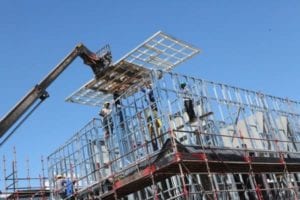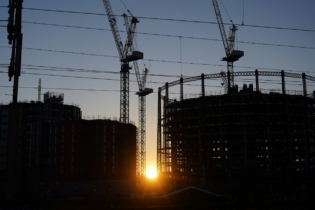The Green Building Council of South Africa (GBCSA), together with the Association of South African Quantity Surveyors (ASAQS) and the University of Pretoria’s Faculty of Engineering, Built Environment and Information Technology recently launched the 2019 edition of Green Building in South Africa: Guide to Costs & Trends.
It is the second publication following the 1st edition that was issued in 2016. The document provides trends and insights about the influence of green design and construction on both capital and operational costs. Challenging the notion of the ‘green cost premium’ With increased awareness and education in the built environment regarding the green building movement, a perception that green building attracts a significant cost premium when compared to conventional construction emerged. To address this concern, The Cost of Green Building Study Committee was established in 2014. The 2019 edition includes the Committee’s results regarding the business case for green building. “The green cost premium appears to be progressively diminishing over time, largely because of growing maturity in the industry,” says Danie Hoffman, Senior Lecturer at the University of Pretoria’s Department of Construction Economics who is the lead researcher on the project. Size and location mattersThe report also confirmed the 2016 finding of a negative correlation between green cost premium and construction size.
The larger projects managed to achieve a Green Star certification at a much lower average green cost premium when compared to smaller projects. The data however also confirmed that the cost premium for buildings smaller than 5,000m2 has reduced significantly from 9,3% (2009/14 data) to 4,6% (2015/18 data). “Office buildings that were developed for single corporate tenants had initially attracted much higher green cost premiums compared to buildings developed for a multi-tenant mix. Since 2015, this gap has been closed,” says Hoffman. He adds that the business case for a comprehensive investment decision should include both the cost premium of constructing the building and the financial performance of the building in operation. MSCI data confirmed that Green Star certified prime and A-grade offices produced a total return of 11,6% in 2017 versus 8,0% for non-green certified prime and A-grade offices. Better work environments and a lower impact on the environment have led many developers to achieve a significant return on their green building investments. “We hope the report will help guide future real estate decision making towards more sustainable, future-ready buildings in South Africa,” concludes Hoffman.







